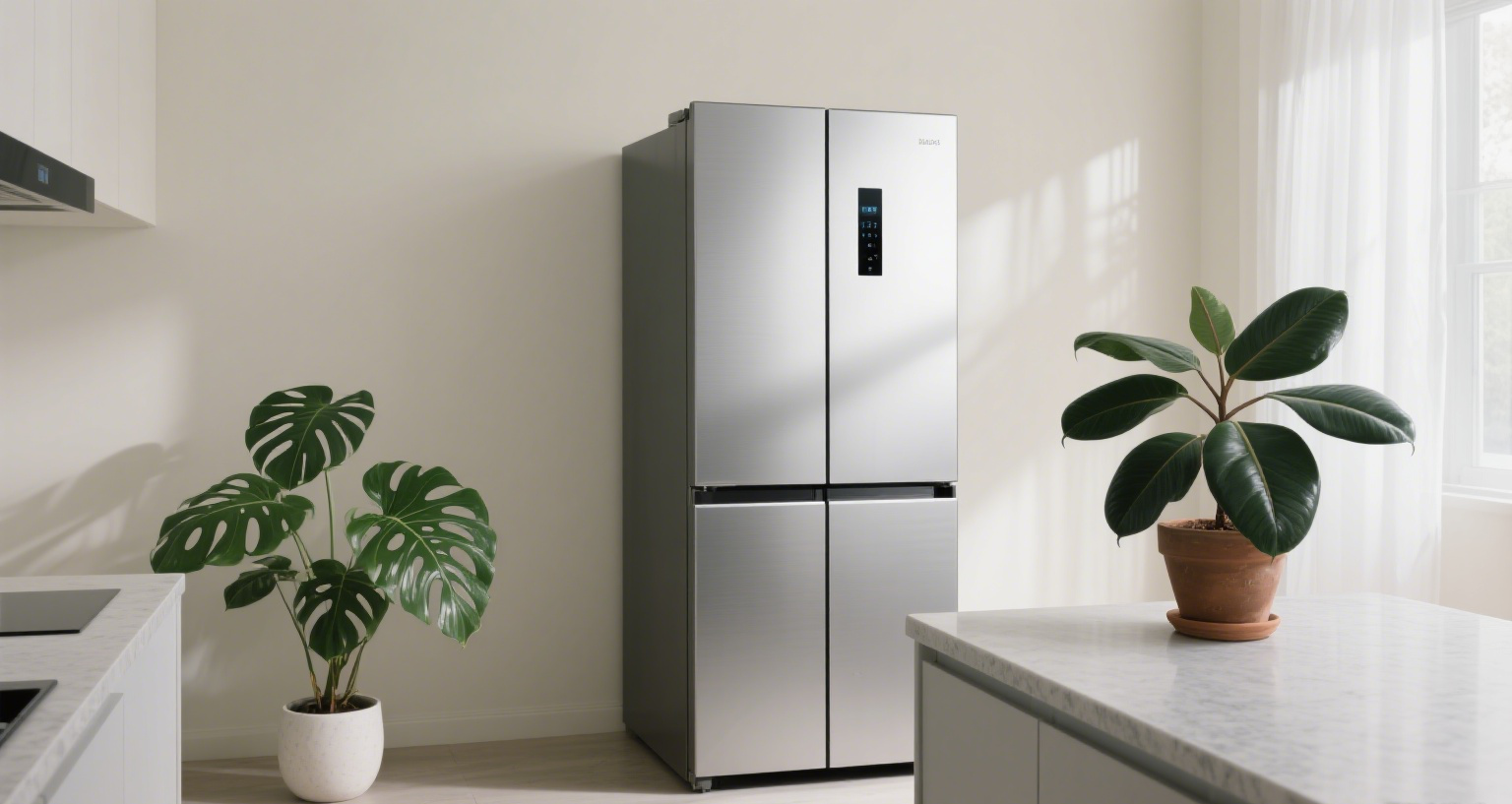Introduction
Smart home device abandonment rates continue to rise, with 72% of households reporting unused devices due to redundant features, complex operation, or poor experience—averaging $420 in wasted spending. Based on user complaints and engineering tests, this guide exposes critical flaws in 7 high-abandonment devices and provides cost-effective alternatives.
1. Dust-Collecting Devices & Solutions
1. Smart Fridge with Screen: Low-Utility Premium
- Truth:
- Screen usage <2 mins/day; grease-prone surface hard to clean.
- Ingredient recognition error rate >50%; manual entry needed.
- 420-700 premium over basic models.
- Alternative:
Basic fridge + smart label tags ($3) for manual expiry tracking.
2. Voice-Controlled Curtains: High-Failure Nightmare
- Truth:
- Dust-jammed tracks slow operation by 60%; repairs require ceiling demolition.
- 23% false nighttime triggers (light sensor errors).
- Alternative:
Manual curtain rod + position lock ($1.5) or Aqara plug-in motor (with power outlet + 3-year warranty).
3. Voice-Activated Bath Heater: Unreliable in Reality
- Truth:
- Voice recognition fails 70% amid water/fan noise.
- Circuit board moisture damage; repair costs ≈50% of new unit.
- Alternative:
Knob-controlled heater + waterproof timer ($21). Physical buttons outperform voice.
4. Multi-Function Smart Mirror: Overpriced Decor
- Truth:
- Touchscreen fails when fogged; health metrics error ±15 BPM (vs. ±2 for medical devices).
- $560 average price; <8% usage rate.
- Alternative:
Standard mirror + waterproof wall tablet ($112) with free app choices.
5. Auto-Cleaning Robot: High-Maintenance Burden
- Truth:
- Weekly 1-hour base scrubbing to prevent mold.
- 35% obstacle failure rate; dirty water tank odors.
- Alternative:
Basic robot mop + manual flat mop (280 + 7). Human cleaning handles corners better.
6. Voice-Controlled Toilet: Glitchy & Embarrassing
- Truth:
- 55% lid-opening failure (echo interference); $112+/repair.
- 400% premium for rarely used features.
- Alternative:
Basic smart toilet seat ($210) with physical buttons for heating/cleaning.
7. Whole-Home Speakers: Privacy Risks & Chaos
- Truth:
- 62% multi-room response conflict rate.
- Default cloud recording used for ad targeting.
- Alternative:
Single HomePod + Bluetooth bulbs ($280). Voice-controlled lighting without extra speakers.
2. Data Insights: Why Devices Collect Dust
| Cause | User % | Example |
|---|---|---|
| Redundant features | 45% | Paying $280+ for fridge screens used <2 mins/day |
| Overcomplicated controls | 30% | Abandoning devices needing >3 steps (e.g., voice toilet) |
| Prohibitive repair costs | 15% | 150 repair for 112 bath heater |
3. Avoidance Strategy: Three Iron Laws
Law 1: Demand Filter
- Daily use? (<3x/week → skip)
- ≤3-step operation? (>3 steps → choose physical controls)
- User-repairable? (Complex devices → avoid)
Law 2: Cost Control
- ≤30% feature premium: Reject $420 screen fridges over basic models.
- Modular upgrades: Smart plug (7) + basic humidifier saves 70.
Law 3: Privacy & Reliability
- Local storage: Cameras with physical shutter (e.g., EZVIZ C8W).
- Manual override: All devices must work offline via physical buttons.
Conclusion: Practicality Over Hype
Prioritize high-frequency needs > flashy features, durability > brand prestige, and manual backup > full automation. Follow this formula:
